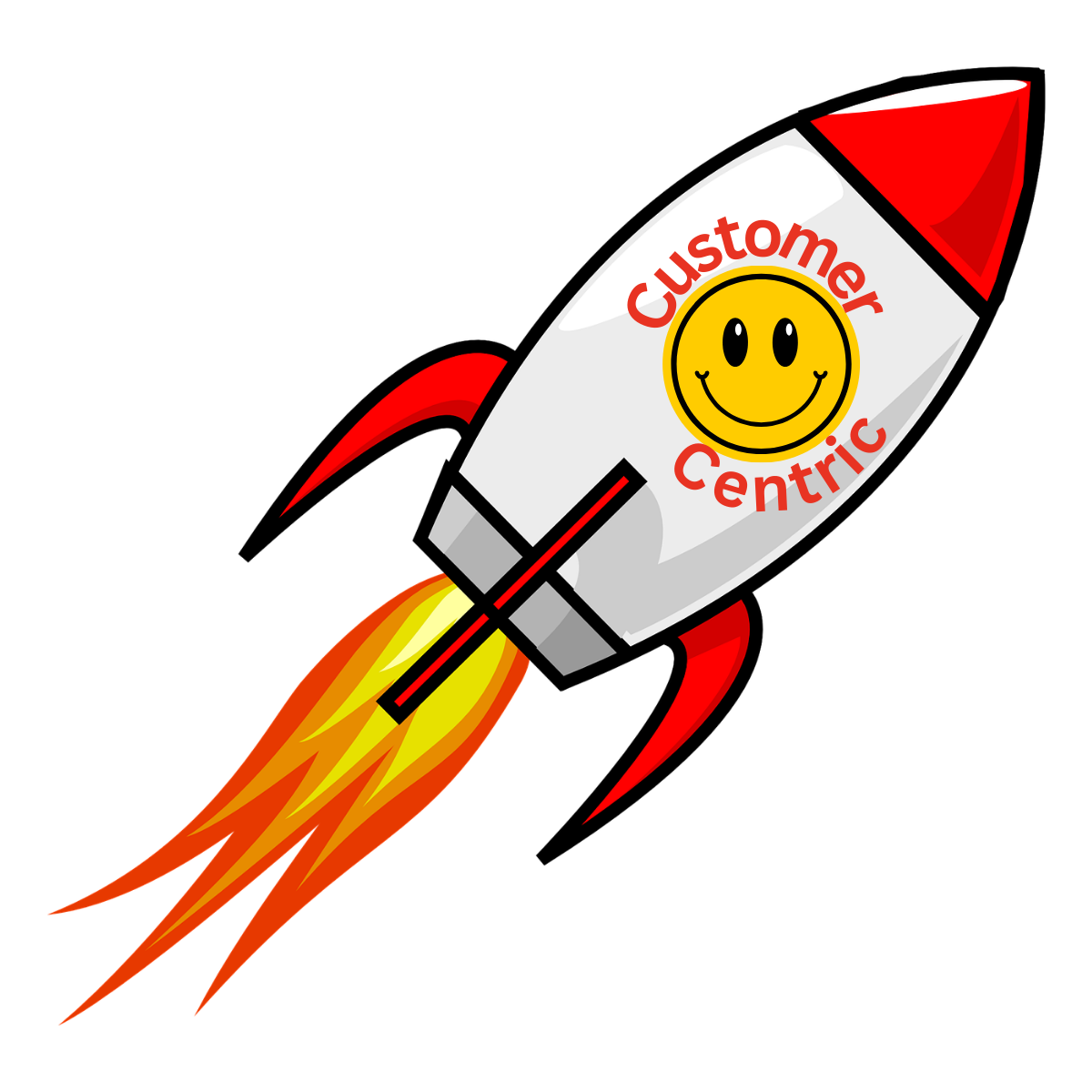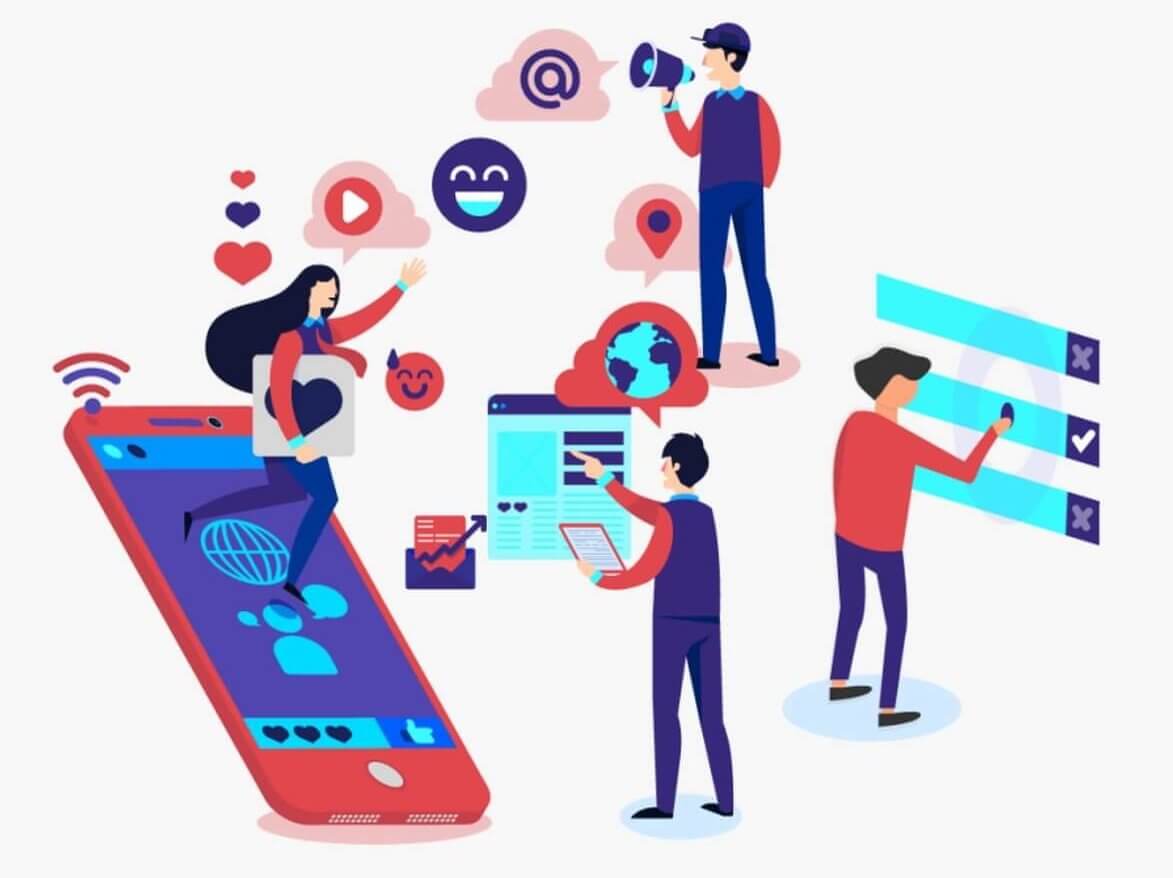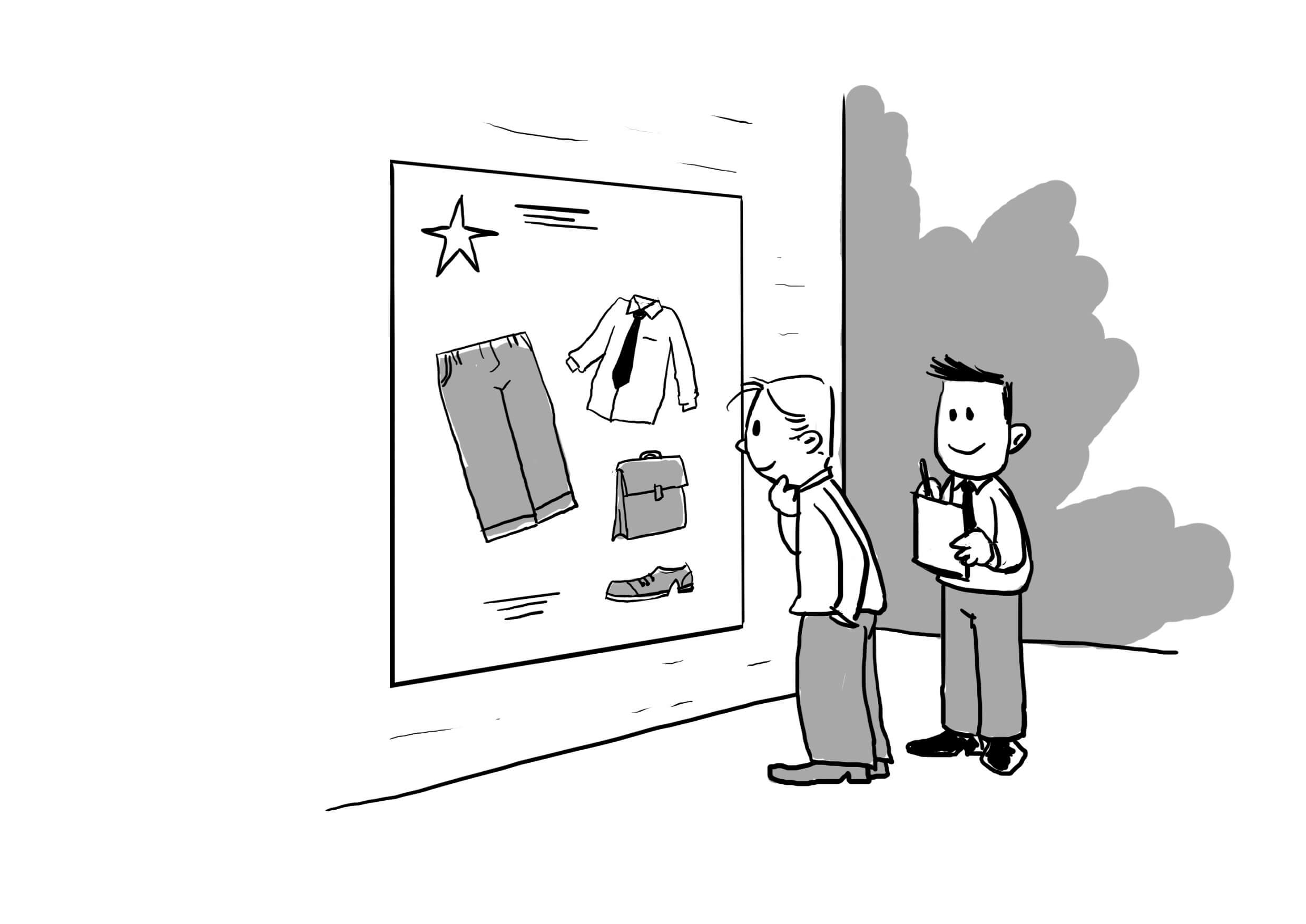Inclusive innovation isn’t a department. It’s not a job title or a laminated poster on a wall. It’s a system. And like all systems, it either amplifies insights from across the business—or quietly silences them.
Right now, too many organisations are falling into a trap. They’re investing heavily in top-down innovation while overlooking the leaders best positioned to make it real: their mid-level managers.
These are the people who translate strategy into execution, insight into action, and vision into traction. Yet they often feel stuck, under-leveraged, and unheard.
And that’s not just a waste. It’s a risk.
If you would rather listen than read:
Mid-Level Managers: The Most Underestimated Tier in Business
Mid-level managers are the glue in every organisation. They understand the friction points on the ground floor and the shifting priorities of the C-suite. They see what data misses and what people aren’t saying. They are, quite literally, the insight engine of the business.
Yet they’re often excluded from major innovation discussions. Decisions are made in executive retreats and innovation hubs, then handed down to middle managers to “execute.” No surprise, then, that so many strategies stall at rollout.
Research from CEB (now part of Gartner) revealed that 50-70% of change initiatives fail due to lack of engagement from mid-level management. Not because they resist change, but because they weren’t included in shaping it.
They can’t champion what they weren’t invited to help build.
If you’re ready to own your leadership, stand out in your organisation, and elevate your impact, I’d love to invite you to my upcoming LADDERS webinar. Learn more here: bit.ly/Ladders2Career
What Does “Inclusive” Really Mean in Innovation?
Inclusion isn’t just about who’s at the table inside your organisation. It’s about who you’re innovating for—and with.
True inclusive innovation puts the consumer at the heart of every decision. Mid-level managers are often the closest to both frontline teams and the consumers they serve. When their voices are included, the result isn’t just internal engagement—it’s relevance, resonance, and real-world traction.
Consumer-led innovation requires internal alignment across departments and hierarchy. And the middle layer plays a crucial role in translating external insight into internal action.
Inclusive Innovation Needs Insight from the Middle
When innovation is designed only by the top 10% of an organisation, you get brilliant strategies that don’t work in practice. When it’s co-created with people from across the business—especially the middle tier—you unlock feasibility, relevance, and momentum.
The companies that outperform their peers on innovation ROI are those who actively gather and use insights from across all levels, including mid-level leaders. According to McKinsey, companies with top-quartile ethnic and cultural diversity are 36% more likely to outperform on profitability. But here’s the nuance: diversity without inclusion does nothing. It’s the inclusion of diverse perspectives, particularly at middle layers, that drives innovation outcomes.
So why are so many companies still treating middle management like a channel, not a source?
Three Innovation Bottlenecks Caused by Mid-Level Exclusion
- Stalled Initiatives: When initiatives are “pushed” down without











 This post regularly appears in the top three posts on C3Centricity. This shows the quality of its recommendations and content. And the importance of business insights.
This post regularly appears in the top three posts on C3Centricity. This shows the quality of its recommendations and content. And the importance of business insights. 





